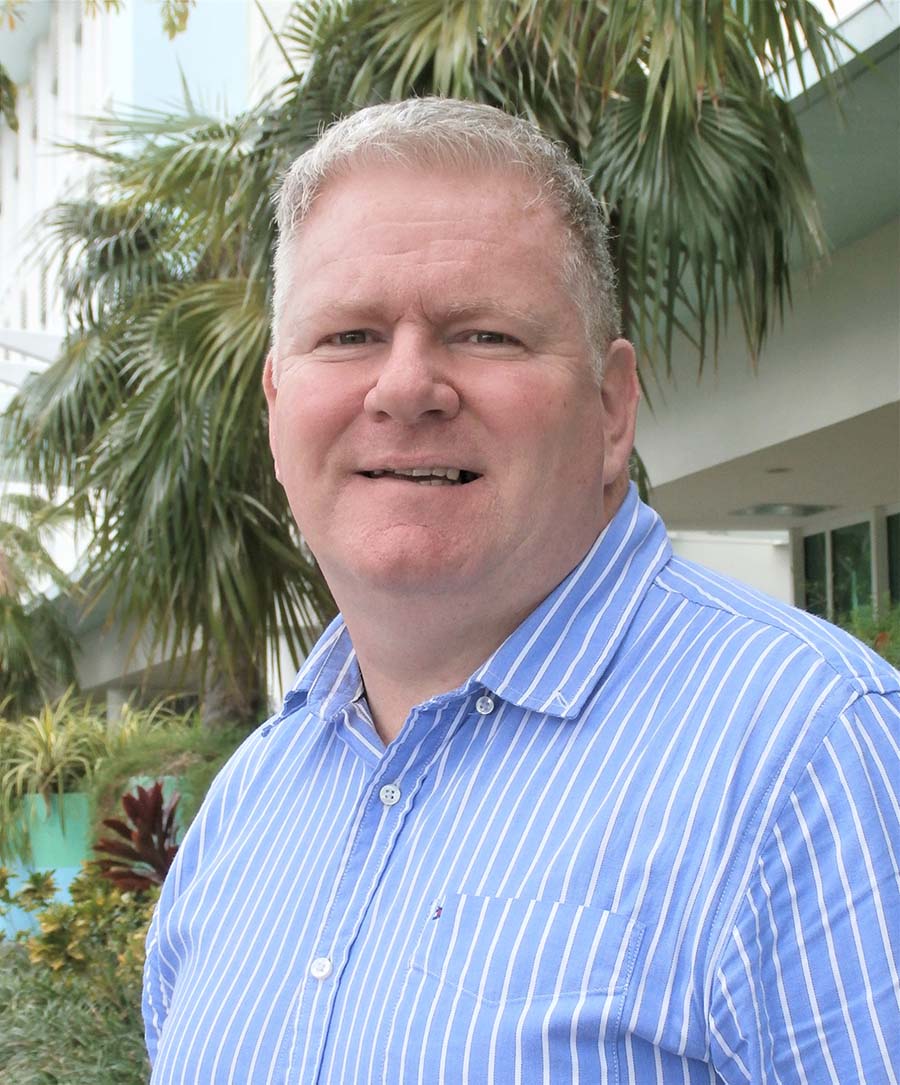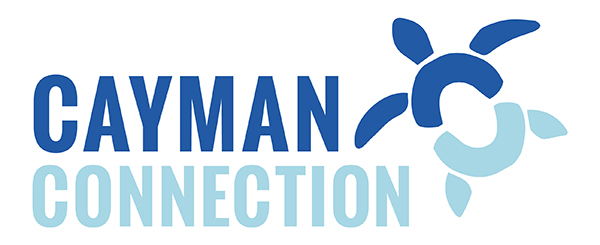ReGen:
Rethinking Waste
Wednesday 21 July – Zoom
ReGen: Rethinking Waste
A multimillion-dollar project is underway to turn the George Town Landfill site into a green space and build state-of-the-art infrastructure that, when finished, will improve recycling and turn materials that aren’t recycled into electricity to power our homes and businesses.
Join representatives from the Cayman Islands Government and Dart to learn more about how ReGen will help create a cleaner and greener Cayman Islands, for the benefit of the whole community.
ReGen: Post Event Q & A
1. Does Dart still own/produce single use plastic cups and/or styrofoam products, and if so, does Dart recycle them currently on island or are they items that cannot be recycled and contribute to Cayman's waste problems? Can they be used to generate energy? Are there plans to do away with either product or make them green?
While Dart Container is a leader in creating and promoting recycling opportunities for polystyrene in the US, recycling for plastics in the Cayman Islands is managed by the Department of Environmental Health and is restricted to Plastics 1 and 2 at this time. In the future, items that are not processed through ReGen’s recycling facilities will serve as a fuel source for the energy recovery facility.
Our hope is that ReGen’s nine, integrated facilities will create a solid foundation for the future waste reduction and recycling opportunities in Cayman, as determined by Government. The energy recovery facility will help Cayman reduce its landfill disposal volume by up to 95%, and significantly reduce the Islands’ carbon footprint by replacing approximately 10% of the diesel-powered electrical generation with cleaner burning and renewable energy.
2. Who owns the dump site and the garbage such as the scrap metals? Who profits from it?
The public-private partnership structure involves Dart providing the capital investment to construct the ReGen facilities. Once the facilities are commissioned, Government will pay on a per ton basis for waste processed through the new facilities over the 25-year life of the project.
Government owns the scrap metal currently stockpiled at the landfill and has to pay contractors to process and ship the metals to overseas recycling markets. While the sale of the metals generates revenue, the cost to process and ship these materials outweighs the scrap metal value.
3. Will only Caymanians be eligible to work at the new ReGen site, or will these also be work permit holders?
The partnership with Government means that ReGen will also retain just over 30 Department of Environmental Health jobs related to recycling in the materials recovery, green waste processing (composting), household waste recycling and medical waste processing facilities. These jobs will also represent opportunities for new employment through staffing changes and succession planning.
4. Where does Dart stand on doing away with single use plastics?
5. Can parents tour the dump site with their children as part of the education campaign?
6. What items cannot be recycled but can be used to produce energy?
Currently, the Department of Environmental Health exports a range of materials overseas for recycling (full list here). Pending any changes in the local recycling strategy and international recycling markets, any items not accepted for recycling or composting will be processed through the energy recovery facility. There will be some separation of waste at the energy recovery facility but the public will still have an important part to play in separating out recyclables and ensuring hazardous or e-wastes are not mixed with household waste.
7. Can the hill (aka Mt. Trashmore) be flattened?
The geosynthetic liner included in the remediation design is designed to stretch to accommodate the differential settlement that may result from changes in the underlying waste mound. Regular site inspections, particularly in the early years after remediation, will be required to address any necessary repairs to the landfill cap or landfill gas collection infrastructure.
8. Where does our trash end up when we send it off island (who buys it, poorer countries or the US...)?

Cameron Graham
Dart President Development Delivery & Infrastructure

Dart ESG Programme Manager

Dart Engineering Coordinator Solid Waste Management

Richard Simms
Director of the Department of Environmental Health


ReGen: Rethinking Waste
Day(s)
:
Hour(s)
:
Minute(s)
:
Second(s)
